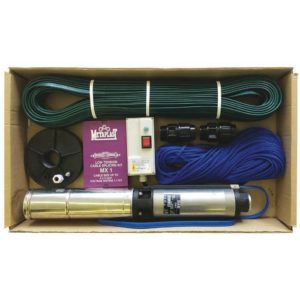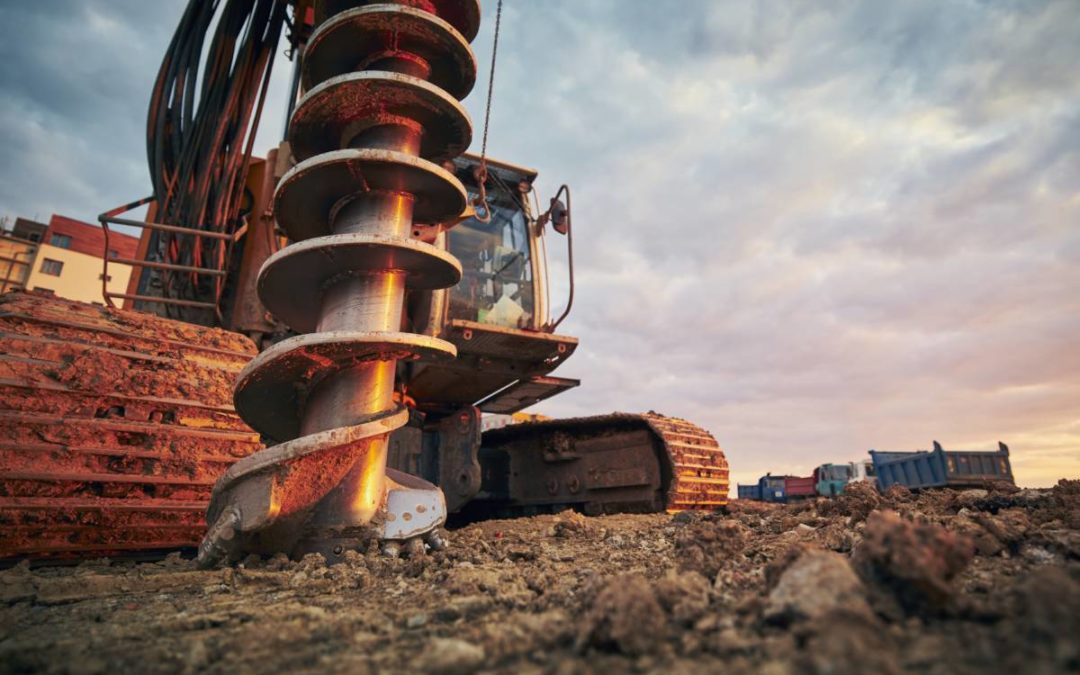Now that the borehole has been dug, it’s time to install the pump. In this article, the criteria considered by a well-established pump installer when choosing a pump to be installed are discussed. The goal is for you, the end-user, to understand why a certain borehole pump was chosen for your borehole.
To begin, it is critical to realize that selecting a pump is a vital step in maximizing the value of your borehole.
WHY IS Selecting The Appropriate Borehole Pump SO IMPORTANT?
Although the initial price of the pump is essential, consider the long-term costs of borehole installation as well. Throughout the life lifetime of the pump, the pump’s capital cost is less than 10 per cent.
Pumps that are over or undersized are inefficient. They use a lot of additional energy in comparison to the quantity of water supplied. Furthermore, pumps that are inefficient in terms of energy will have very short intervals between failures. Therefore, the choice of the correct pump is very advantageous throughout the life of the installation, even though it is more costly in the short run.
Obviously, selecting the correct pump is critical, but where do you begin with so many choices on the market? Here are the things you should think about.
APPLICATION OF A PUMP
 How will you use the water you get from your borehole? Here are a few examples of apps shown at the BWA:
How will you use the water you get from your borehole? Here are a few examples of apps shown at the BWA:
- Irrigation of gardens
- Using an irrigation system with sprinklers
- Making use of a hosepipe
- Adding water to a tank or reservoir
- Use in the home
- Agricultural applications
- Irrigating crops
- Water for animals
- Dewatering in mines
These various uses will need quite different pumps.
PRESSURE AND FLOW RATE
Regardless of the applications, two main variables are involved: the quantity of water (or flow) to be transported and the pressure to generate it to the place where it is necessary.
You will have an idea of the flow rate and pressure to be expected based on your application. Additionally, using a high-pressure, low-flow garden irrigation system will necessitate high pressure, but less flow; using a hose on a residential property might be done with a low-pressure, high-flow system; and as long as you’re pumping a tank, you could do with a low-pressure, low-flow setup.
DISTANCE TO THE PUMP
The water will begin below and be transported to its destination by the pump. This trip has many legs:
- From the borehole’s bottom to its apex
- From the borehole’s apex to the final destination (horizontal distance)
- At the top of the borehole, the water will be pushed up to (ground elevation)
THE BOREHOLE’S DEEPNESS
The contractor will know the typical water depth in your borehole. Because vertical water pumping is difficult, a deep borehole will need a considerably stronger potent pump than a shallower borehole. One bar of pressure is required for every 10 meters of the borehole.
AS THE CROW FLY’S DISTANCE
The water must be transported to its ultimate destination after being pumped from below the earth to above ground level. The greater the distance from the borehole’s top, the greater the pressure needed.
ELEVATION FROM THE GROUND
In the event of a height difference between the top of the boiler and the endpoint of the water (boiling), the pump selection procedure must also be considered because extra pump energy is required.
RATE OF BOREHOLE RECHARGE
Remember that the water depth is average. The water level in a borehole falls as it is pumped out and rises when it is refilled. When choosing a pump, the recharge rate of the borehole should also be considered, especially if the application includes dewatering.
DIMENSION OF THE BOREHOLE
Each borehole will have a specified diameter. The borehole’s diameter will determine the submersible pump size that will be required in the borehole. You will also have to do something of a cost balance here since a small diameter pump usually requires more phases or pumps than a bigger pump to get the same output.
DIMENSION OF THE PIPE
You must have well-sizing pipes in your installation to provide favourable outcomes from your borehole. Small pipe diameter means greater friction. Thus more pressure and kilowatts are needed to overcome the friction loss.
TOTAL HEAD DYNAMIC
In addition to determining the pump to use, your pump installer or contractor must compute the total dynamic head (TDH) for your plant. TDH considers the above-ground elevation, the diameter and length of the pipe, the standing water level, and the drawdown level. While more information is provided on TDH, you should look for the person who selected your pump to have considered TDH in their decision making.
GET THE HIGHEST RATE OF RETURN ON INVESTMENT!
Note that pumps have limitations on what they are capable of doing. If the range of responsibilities is limited, choosing becomes much simpler; nevertheless, you may have to make some concessions if there are numerous responsibilities to fulfil. However, if the aforementioned considerations are taken into account, you will have the greatest chance of choosing a pump that will provide the highest return on your groundwater investment.


